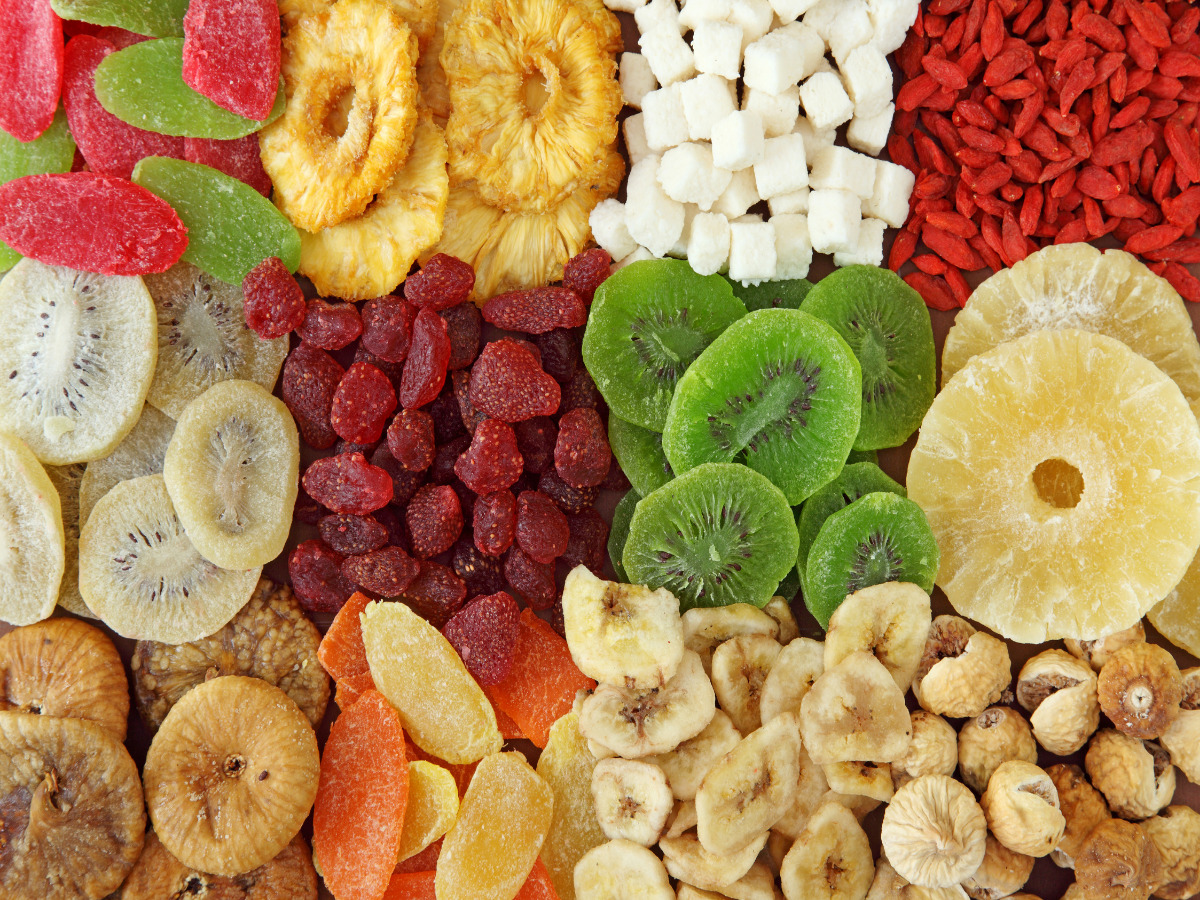Vietnamese snacks are a delightful reflection of the country’s culinary diversity and cultural richness. From the crispy bong gao to the creamy banh dau xanh, Vietnam has something for every taste bud.
Bursting with unique flavors, Vietnamese snacks provide a tantalizing glimpse into the country’s culinary landscape. Some of these bites narrate age-old stories, while others elevate the tradition with a modern twist. We will embark on a journey through bustling street markets and quaint family kitchens to find out the tastiest treats. Get ready to snack like a local during your Vietnam travel!
1. Keo cu do (Peanut and rice paper brittle)
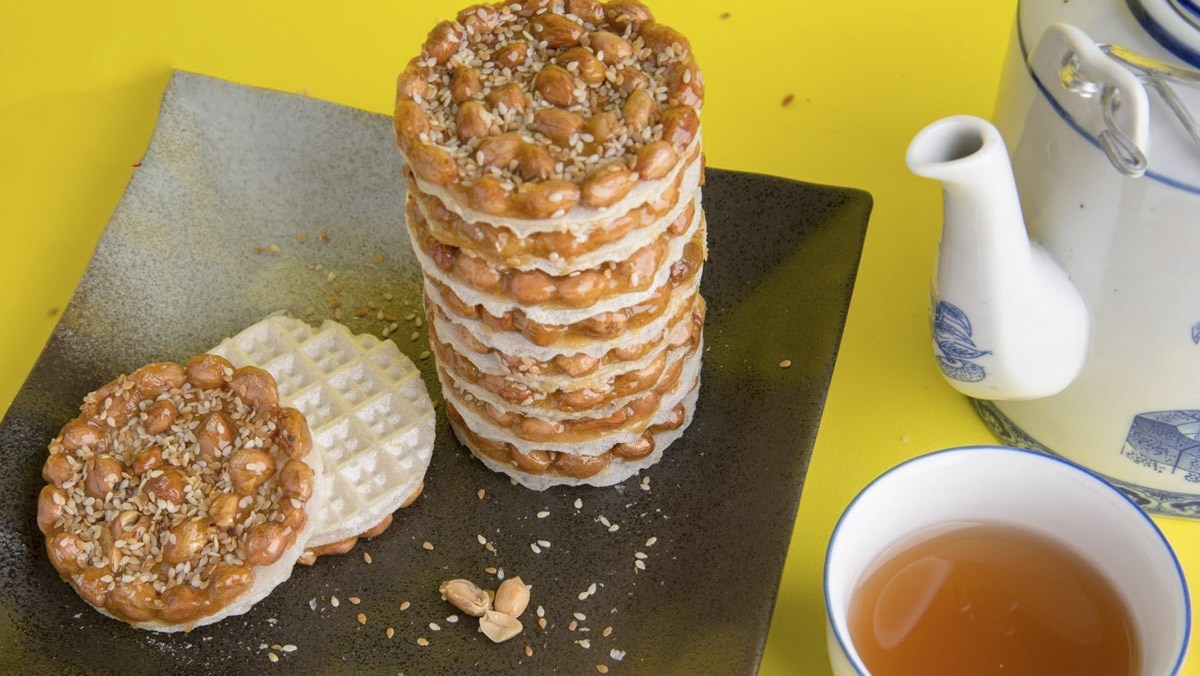
Renowned as Ha Tinh Province’s iconic delicacy, keo cu do (peanut and rice paper brittle) is an artisanal creation made from peanuts, ginger, and cane molasses. While the ingredients are simple, making this snack is a delicate procedure.
First and foremost, the cane molasses must be of the highest quality. Pure cane molasses is sweet and fragrant, with a honey-like texture. The cook will heat it in a pot until it melts and turns a golden caramel color, then quickly add the roasted peanuts and white sesame seeds to the caramel. Finally, the caramelized nut mixture is poured between two grilled rice papers.
The outcome is a harmonious fusion of sweet, chewy, and slightly spicy notes, accompanied by an irresistible fragrance. This rustic treat is often served with a warm cup of green tea.
2. O mai (Salted dried fruits) – One of the best Vietnamese snacks to buy for friends and family

Among all the Vietnamese snacks, o mai holds a special place. It refers to salted dried fruits such as apricot, plum, peach, dracontomelon, or kumquat. After being carefully picked, these fruits are infused with a mixture of salt, sugar, and spices to elevate their natural sweetness while introducing a delightful hint of saltiness.
What makes o mai one of the most intriguing snacks in Vietnam is the diverse range of flavors and textures within each piece. As you take a bite, the initial burst of sweetness unfolds. Soon, you can feel the subtle touch of saltiness, which balances the sweetness and adds a layer of complexity to the experience.
The fruit’s inherent chewiness completes the symphony, bringing a multisensory delight that keeps you coming back for more. Beyond the taste, o mai carries cultural significance deeply rooted in Hanoi’s tradition. During the Tet holiday, this specialty is often offered to guests among other Vietnamese snacks.
3. Hoa qua say (Dried fruits)

Another delightful fruit treat among Vietnamese snacks is hoa qua say (dried fruit). Unlike o mai which is infused with sugar and spices to enhance the flavors before being dried, hoa qua say undergoes a straightforward process of removing moisture from fresh fruits. This is typically achieved through methods like sun drying, air drying, or using a food dehydrator.
After the process, these fruits retain much of their essence. You can expect to taste the distinct fruit flavor, whether it’s the tanginess of dried mangoes, the floral notes of dried pineapples, or the earthiness of dried apricots. Depending on the fruit and drying method, hoa qua say can be either chewy or crunchy.
You can find these popular Vietnamese snacks throughout the country. However, Da Lat dried fruits are particularly famous for their exceptional taste and quality. The city’s strawberries, pineapples, and persimmons, when processed, create delectable treats that capture the essence of the highlands.
4. Keo dua (Coconut candy)

Originating in the Mekong Delta, keo dua (coconut candy) is one of the most beloved Vietnamese sweet snacks. The region’s lush coconut groves provide the perfect ingredient for this treat, making it an integral part of the culinary heritage here.
The process of making keo dua involves simmering the coconut and sugar mixture over low heat until it thickens and forms a smooth, cohesive mass. This mixture is then poured into molds, allowed to cool, and subsequently cut into small, bite-sized pieces.
What we have is a luscious, chewy candy that embodies the essence of coconut and sweetness in every bite. With its distinctive flavor, keo dua is now a cherished part of Vietnamese culinary heritage, its popularity extended beyond the country’s borders.
5. Bong gao (Puffed rice) – Among the most popular Vietnamese childhood snacks
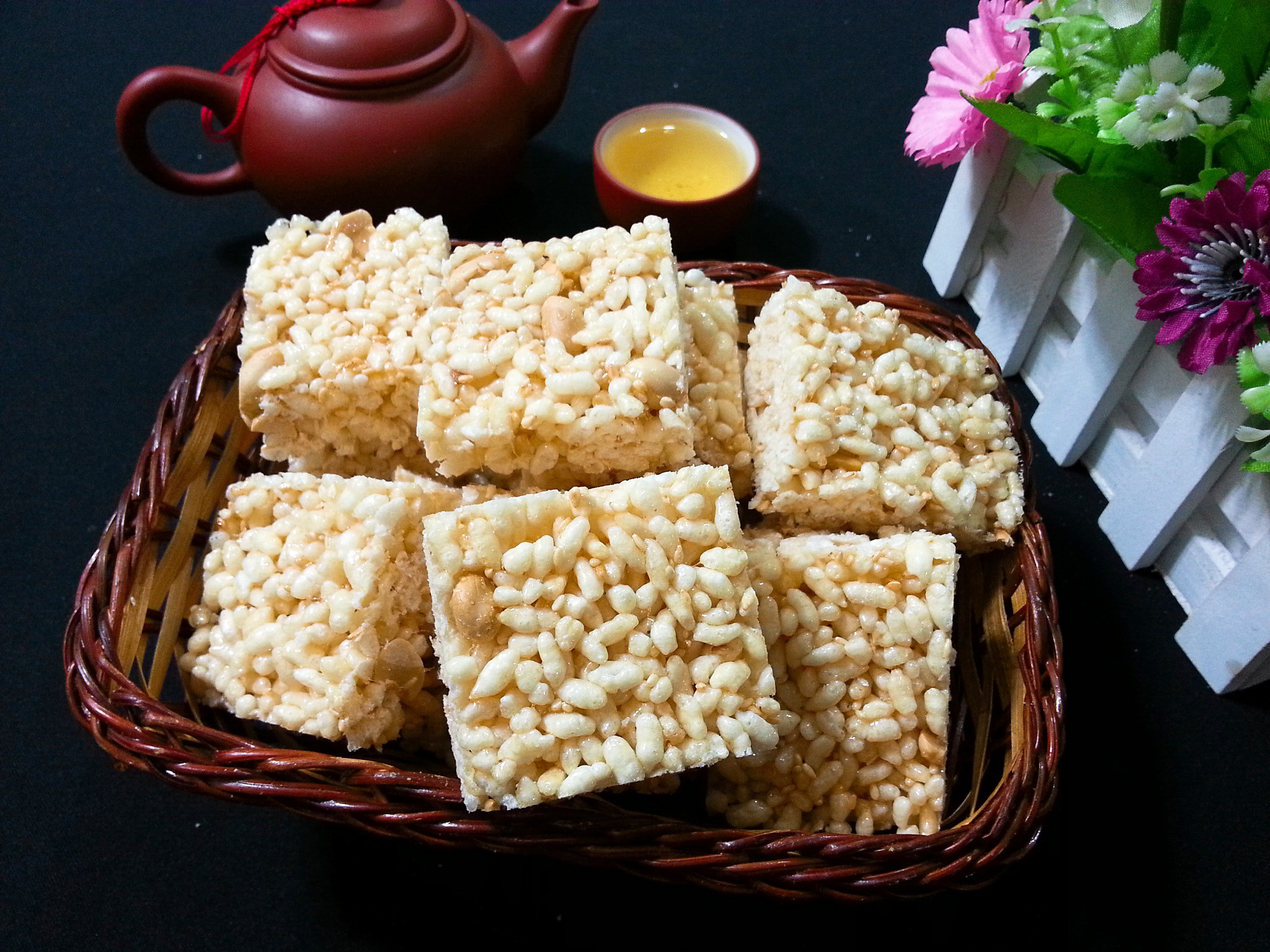
Bong gao, also known as puffed rice snacks, is a nostalgia-packed bite that encapsulates the cherished memories of Vietnamese snacks. The process of making bong gao is a spectacle in itself. Kids gather around as rice kernels are transformed through heat into fluffy, crunchy puffs right before their eyes. The aroma of toasted rice fills the air, bringing in those excited to taste the special treat.
This snack is typically seasoned with various flavors to enhance the taste. Common seasonings include salt, sugar, and sometimes a hint of chili. It is often sold in small bags or containers, making it a convenient on-the-go snack. To many, bong gao is a reminder of the small pleasures that made childhood so special, when life was simple and happiness was as easy to find as a bag of golden puffs.
6. Keo me xung (Sesame candy)
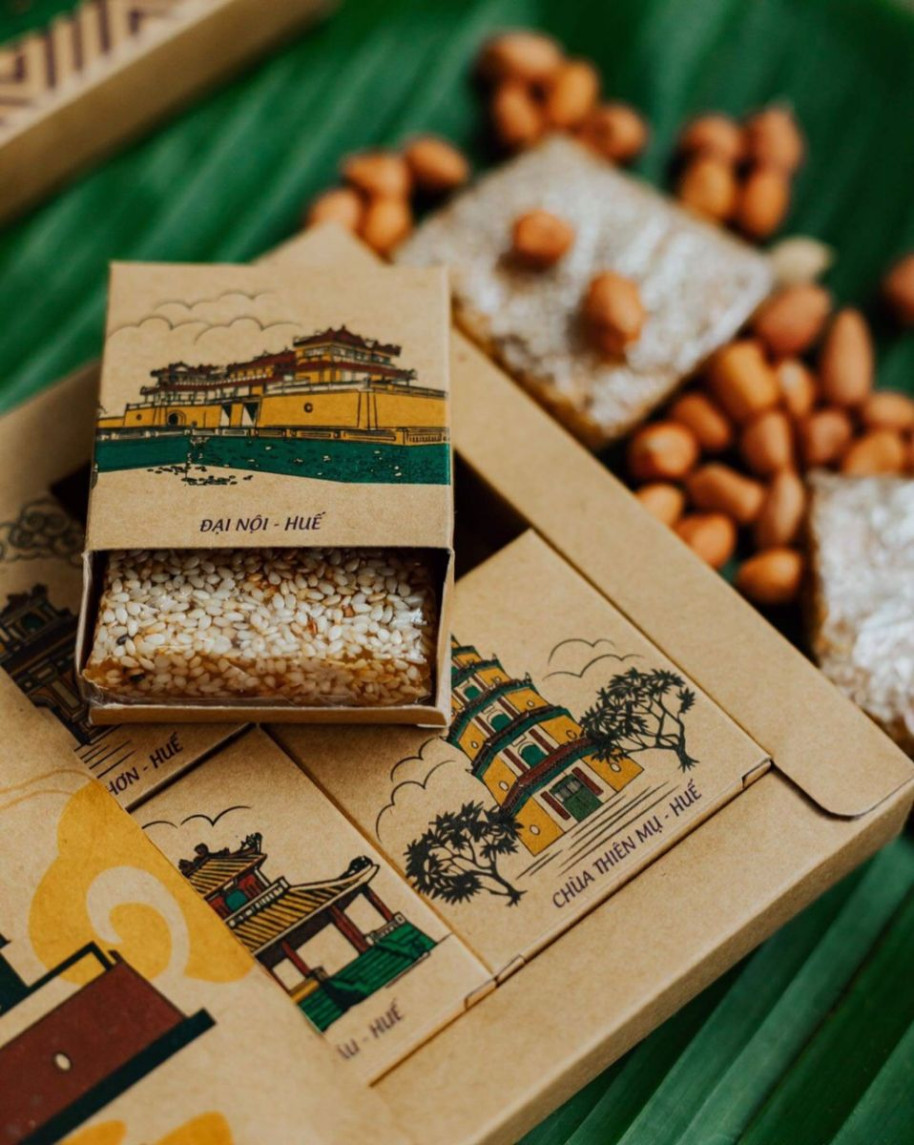
If you have a chance to visit Vietnam’s ancient capital, Hue, don’t forget to take home some keo me xung (sesame candy). Made from peanut, sesame, sugar, and rice flour, these traditional Vietnamese snacks are characterized by their rich nutty flavor and satisfying chewy texture.
To make this sweet treat, sesame seeds are roasted until they release their aromatic oil and turn golden brown. These toasted seeds are then mixed with sweet binding agents, pressed into molds, and cut into bite-sized pieces. To enjoy keo me xung to its fullest, savor small portions while sipping some lotus tea.
7. Keo doi

Keo doi (pea roll candy) gets its name from its distinctive shape, resembling a slender, elongated stick or log. Like other Vietnamese snacks, the candy is typically made from simple ingredients such as glutinous rice flour, sugar, and peanuts.
What makes keo doi special is the white sugar coat, which gives it a distinctive crunchiness. Thanks to the coat, biting into this little treat offers a unique sensory experience. The initial resistance gives way to a delightful crunch that releases the nutty flavors and sweetness locked within.
8. Banh dau xanh (Mung bean cube) – A must-have on the list of the top 11 Vietnamese snacks
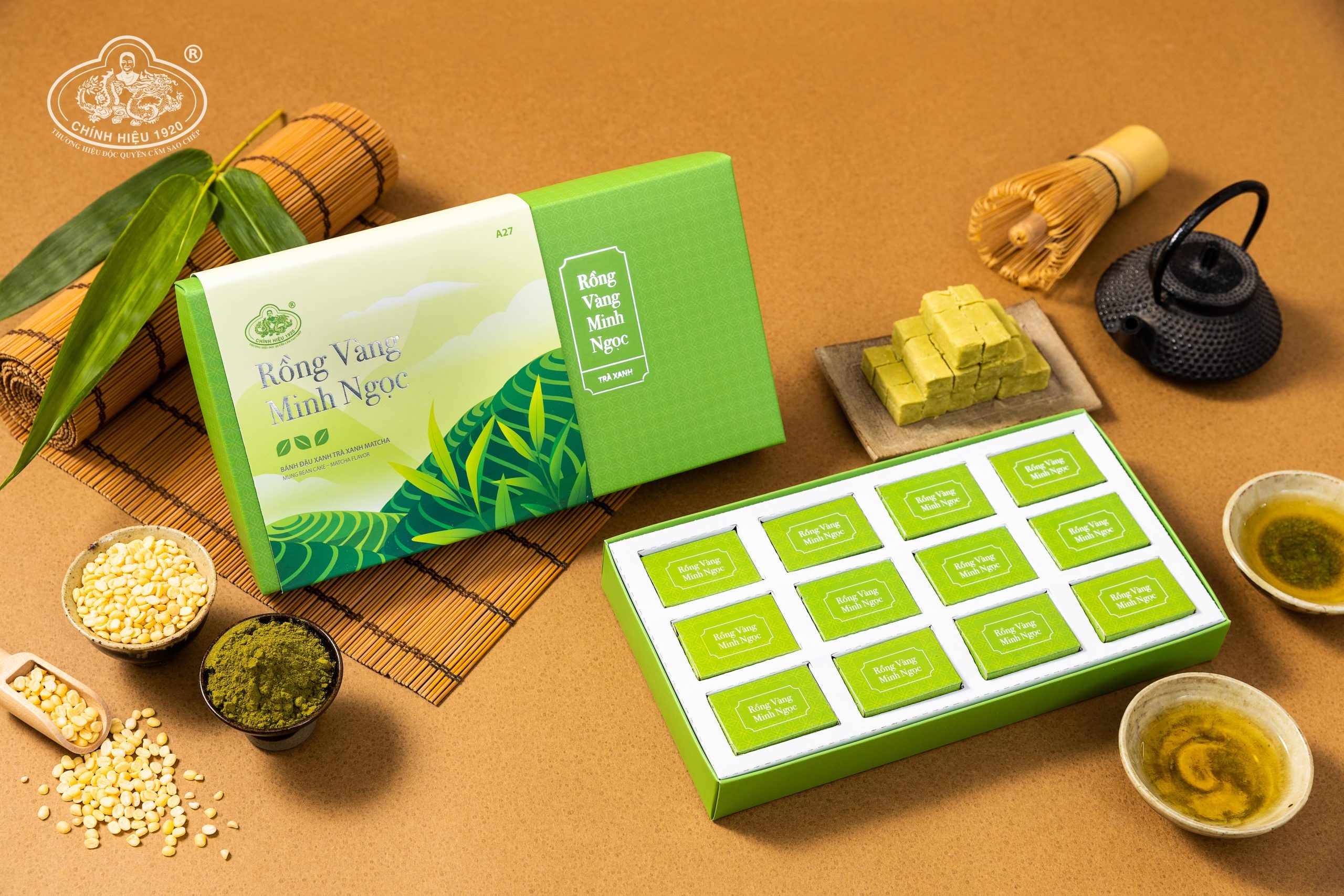
Banh dau xanh (mung bean cube) is a famous specialty of Hai Duong, a picturesque province in northern Vietnam. As the name suggests, the heart of this delicacy lies in mung beans. Whole beans are meticulously cooked and ground into a velvety paste. This paste is then blended with a dash of sugar and coconut milk, creating a dessert that is smooth and subtly sweet.
The unique charm of banh dau xanh lies not only in its taste but also its shape. The bean paste is carefully shaped into bite-sized cubes, each a testament to the craftsmanship passed down through generations. These cubes are not only a treat for the taste buds but also a feast for the eyes.
9. Banh que (Cinnamon cake)
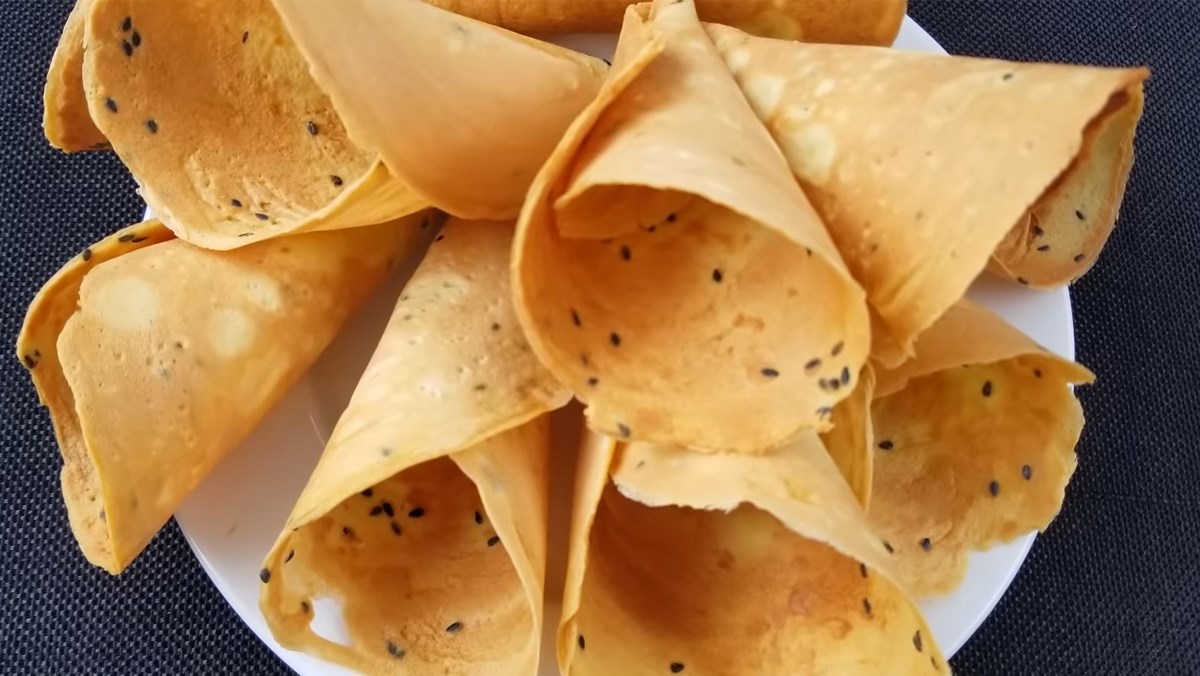
Banh que, also known as cinnamon cake or cinnamon cookie, is made from a blend of flour, butter, and sugar. Their crunchy texture and delicate sweetness make them one of the cherished Vietnamese snacks enjoyed across generations. Often accompanying banh que is keo mach nha, or Vietnamese toffee made from molasses. This chewy delight boasts a deep and rich sweetness, offering a balance to the delicate flavors of the cinnamon cookies.
The magic truly unfolds when these two Vietnamese street snacks come together. The crispness of banh que beautifully contrasts with the chewiness of keo mach nha, creating a symphony of textures that dance on the palate. The subtle sweetness of the cinnamon cookies complements the intense toffee flavor, resulting in a harmonious blend that can satisfy anyone’s cravings.
10. Com chay (Rice crust)
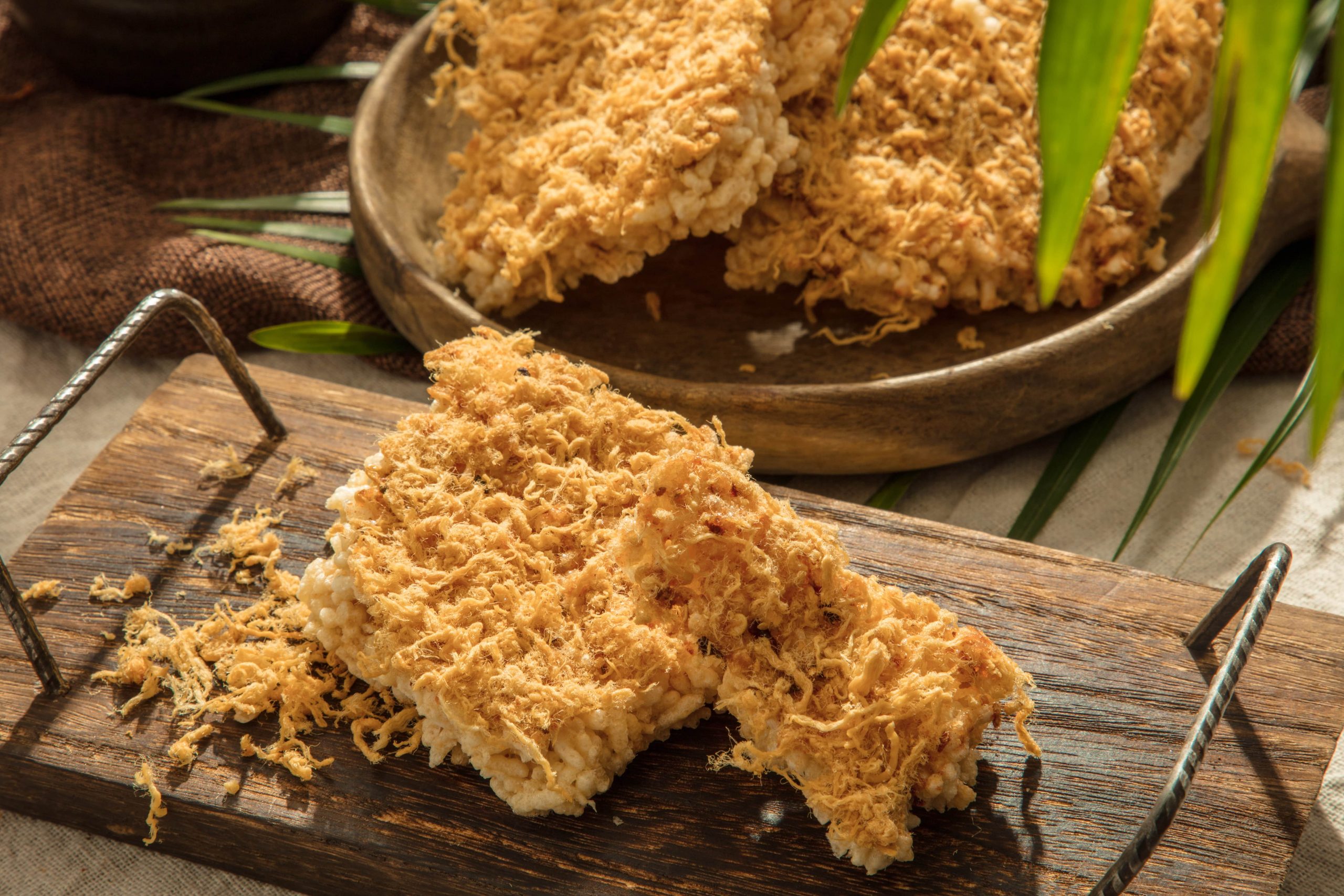
Made from cooked rice sliced into circular shapes, com chay is one of the most prominent specialties of Ninh Binh. Once cooled, these crusts are fried until they turn a beautiful golden hue. This crunchy snack is then served with various toppings and seasoned with an array of spices.
To enhance the flavor profile even further, the chef will add ingredients like tomato, carrot, onion, and mushroom into the mix. This infuses the simple rice crust with a range of tastes, from savory to slightly sweet, creating a truly balanced and delightful experience for the taste buds.
11. Marou chocolate
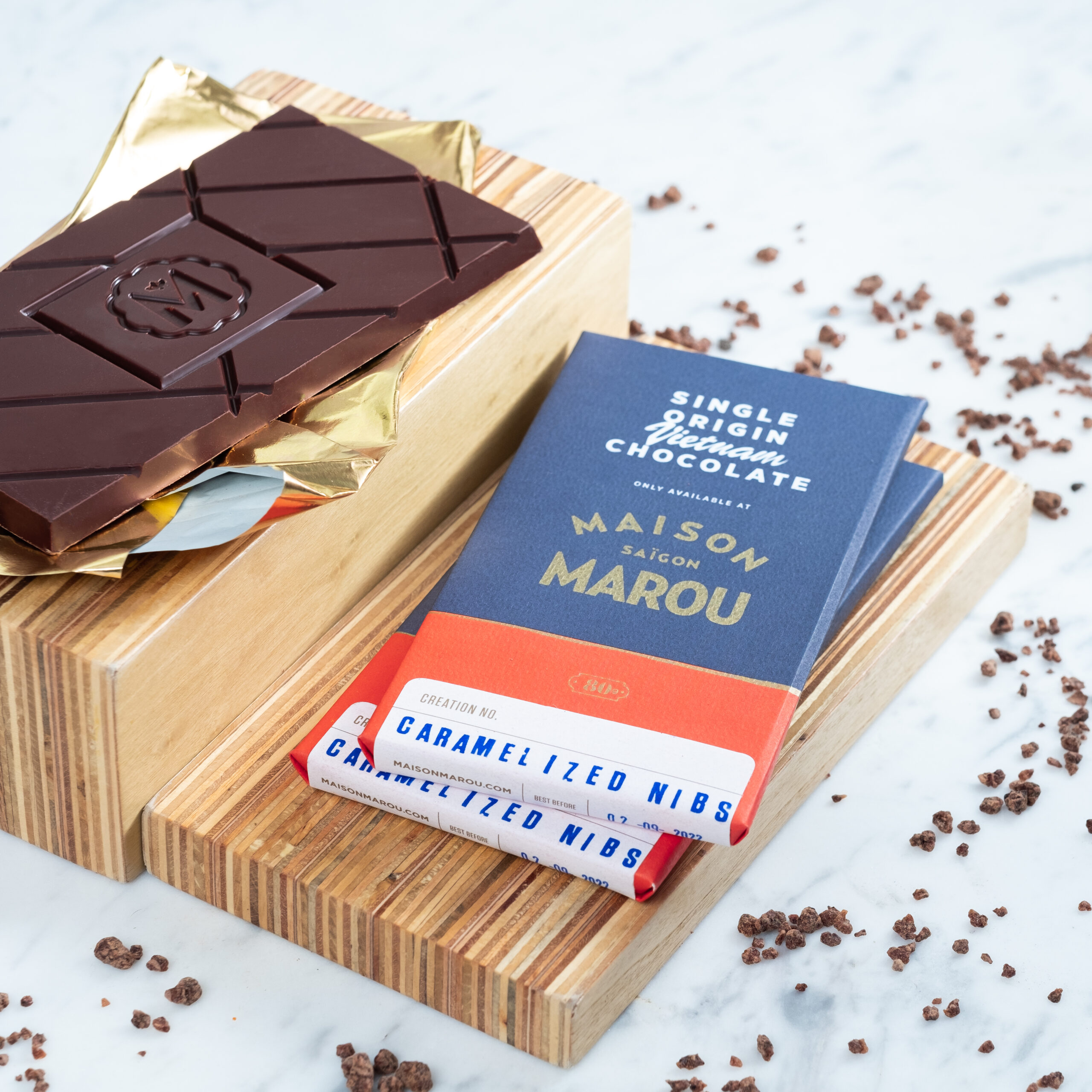
When it comes to chocolate, most people will think of Belgium, Switzerland, or Italy. But do you know that Vietnam is also home to some of the world’s most exquisite bars? The two chocolatiers behind Marou Chocolate launched their business in 2011. They use the finest cacao beans from various Vietnamese provinces to make chocolate, embodying heritage and innovation.
Unlike mass-produced chocolate where the origin of the beans can be obscured by blending, Marou’s bean-to-bar approach ensures that every bar reflects the very essence of Vietnam’s cacao terroir. Each Marou chocolate bar is named after the Vietnamese province where the cacao is sourced, such as “Dong Nai” with hints of spices and “Ba Ria” featuring notes of bright fruits.

